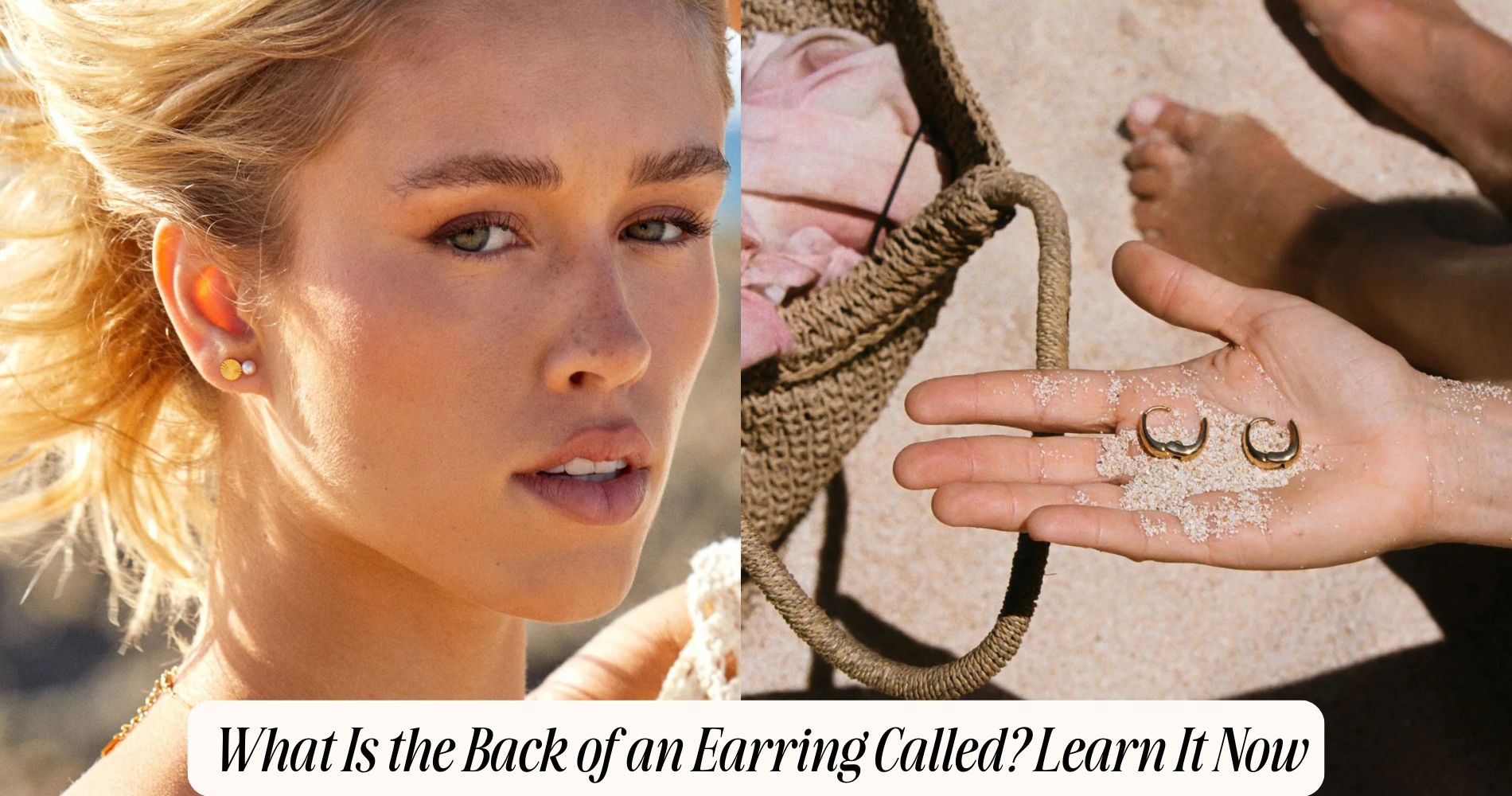
What Is the Back of an Earring Called? Learn It Now
What is the back of an earring called? It’s commonly known as an “earring back” or “earring clutch”—a small but essential piece that grips the post behind your earlobe and keeps your jewelry securely in place. There are several types, including butterfly backs, screw backs, and lever backs, each offering a different balance of comfort, security, and ease of use. The material also matters—metal and silicone backs each have their pros and cons, especially when it comes to sensitive ears. If you're searching for irritation-free options, check out our allergy-free earrings designed for comfort and style. Want to know how to match, replace, or care for your earring backs? Keep reading!
The Official Name for the Back of an Earring
Although many people refer to it simply as the “back” of an earring, the official term for this component is the “earring clutch” or “earring back.” This small but essential piece secures the decorative front—known as the “stud” or “post”—in place by gripping the post behind your earlobe.
In jewelry terminology, understanding the correct name helps you distinguish between various earring back styles and their functions. When you’re selecting earrings, you’ll want to know if the design uses a specific earring back, such as a clutch, since each style offers distinct security and comfort.
Precision in terminology ensures you can communicate your preferences to jewelers and choose the right earring back for your needs, enhancing both fit and functionality.
Common Types of Earring Backs
Now that you know the official terminology for the back of an earring, it’s important to recognize the distinct types available, each engineered for specific levels of security and comfort. The most prevalent types include butterfly backs (also called push backs), screw backs, lever backs, and latch backs.
Butterfly backs, iconic in modern fashion trends, use a friction mechanism for swift application.
Screw backs, historically significant in fine jewelry, employ a threaded post for maximum retention, ideal for valuable gemstones.
Lever backs, favored for their hinged closure, deliver both aesthetics and reliability, often featured in dangling earring designs.
Latch backs, mostly used in hoop earrings, utilize a secure catch mechanism.
Each type reflects advancements in design, responding to both evolving aesthetics and practical needs.
How Different Earring Backs Work
When selecting an earring back, you’ll notice each mechanism provides a distinct method of securing the earring post.
Friction backs, or push-backs, utilize tension between the clutch and post for basic jewelry security—ideal for lightweight styles favored in many fashion trends.
Screw-backs feature threaded posts and backs that twist on, creating a durable, tamper-resistant hold, especially for valuable or sentimental pieces.
Lever-backs employ a hinged, locking closure, ensuring stability and comfort for dangle earrings.
La Pousette backs integrate a spring-loaded system that clicks securely into place, addressing advanced jewelry security needs.
Omega backs use a hinged clip to stabilize heavier earrings, balancing aesthetics and practicality.
Materials Used in Earring Backs
While aesthetic appeal remains essential, the choice of materials in earring backs directly impacts comfort, durability, and hypoallergenic properties. You'll encounter earring backs crafted from metals like surgical stainless steel, titanium, gold, and sterling silver—each selected for their corrosion resistance and skin compatibility in jewelry design.
Platinum and niobium also offer hypoallergenic benefits, making them ideal for sensitive skin. For fashion trends prioritizing affordability or bold colors, designers often use plastic or silicone, which provide lightweight, flexible options. Rubber is another common non-metallic material, valued for its grip and comfort.
It's crucial to note that base metals, such as nickel or brass, may provoke allergic reactions in some individuals. The material selection balances aesthetics, functional performance, and wearer safety in contemporary jewelry design.
Tips for Choosing the Right Earring Back
Although earring backs may seem like minor components, selecting the best type requires evaluating several technical factors to guarantee both security and comfort.
First, assess the weight and design of your earrings. Heavier pieces demand locking backs, such as screw backs or secure clasps, to ensure ideal earring safety. For delicate or lightweight studs, push backs provide adequate retention without unnecessary bulk.
Consider your skin sensitivity as well—look for hypoallergenic metals to prevent irritation.
Next, focus on style coordination; match the back’s finish to your earring’s metal for a cohesive appearance. For ornate or drop earrings, opt for disc or comfort backs to distribute weight evenly and prevent sagging.
Always verify the fit to avoid accidental loss and maximize comfort throughout wear.
How to Replace a Lost Earring Back
Selecting the right earring back enhances both security and comfort, but even the most well-matched backs can go missing during daily wear. When you lose an earring back, prioritize earring security by sourcing a replacement promptly.
For stud earrings, measure the post diameter in millimeters to ensure compatibility with butterfly or friction backs. Lever backs and screw backs require specific matching mechanisms, so consult a jewelry repair professional if you're unsure.
Avoid temporary fixes like erasers that compromise stability and increase the risk of losing your earring.
Visit a reputable jeweler to find hypoallergenic options in metals such as surgical steel, gold, or platinum.
Properly fitted backs restore function and appearance, maintaining your jewelry’s integrity and enhancing daily wear confidence.
Caring for and Cleaning Earring Backs
Because earring backs remain in constant contact with your skin and hair, regular care prevents buildup of oils, sweat, and debris that can compromise both metal integrity and hygiene.
For ideal jewelry maintenance, clean earring backs weekly using a soft-bristled brush and a solution of mild soap and warm water. Rinse thoroughly and allow them to air dry on a lint-free cloth.
For precious metals like gold or sterling silver, consider a specialized jewelry cleaner to avoid tarnishing.
When not in use, utilize storage tips such as placing earring backs in individual compartments within a lined jewelry box; this prevents scratches and unwanted exposure to air, which accelerates oxidation.
Signs It’s Time to Replace Your Earring Backs
Regular maintenance extends the lifespan of your earring backs, but even with proper care, components can degrade over time. You’ll notice it’s time for a replacement if the clutch or butterfly back loses tension, causing your earrings to feel loose or insecure. Tarnishing, corrosion, or visible discoloration also signal compromised structural integrity.
If you observe deformation, such as bent posts or warped backs, this affects both comfort and security. Frequent jewelry maintenance helps you catch these issues early.
Additionally, if the friction mechanism no longer holds or the screw back becomes stripped, replacement is necessary to avoid loss. Don’t ignore evolving fashion trends—switching to hypoallergenic or modern designs can protect skin and refresh your look while ensuring suitable function and safety.
Frequently Asked Questions
Can I Make My Own Earring Backs at Home?
You can create your own earring backs at home using DIY jewelry techniques. Employ hypoallergenic silicone, rubber stoppers, or moldable polymer clay. For customization tips, measure post gauge accurately and guarantee secure friction fit for maximum retention and comfort.
Are Earring Backs Recyclable?
You can recycle earring backs if they're made from pure metals like sterling silver or gold, as recycling jewelry relies on material purity. For eco friendly materials like silicone or plastic, specialized recycling programs are required for proper processing.
Do Earring Backs Come in Hypoallergenic Options?
You’ll find earring backs available in hypoallergenic materials like titanium, surgical steel, and medical-grade plastic. These alternative earring backs minimize allergic reactions by eliminating nickel content, providing secure retention and enhanced biocompatibility for sensitive skin types.
Can Pets Swallow Earring Backs and Are They Dangerous?
You must prioritize earring safety because pets can easily ingest small components like earring backs. Ingestion may cause gastrointestinal obstruction or choking. Maintain jewelry maintenance by securely storing earrings, minimizing accidental access, and preventing serious health complications for pets.
Are There Earring Backs Designed for Children or Babies?
You’ll find earring backs specifically engineered for children’s jewelry and baby earrings. These often feature larger, rounded, hypoallergenic screw-backs or safety-backs, which minimize choking hazards and skin irritation, ensuring secure, comfortable wear for sensitive, delicate earlobes.
Conclusion
Now that you know the official term—earring back or earring clutch—you can identify, select, and maintain these small yet essential components with confidence. By understanding the distinct mechanisms, materials, and fit of each type, you’ll enhance both security and comfort. Regular inspection and proper cleaning are vital for hygiene and longevity. If you notice looseness, corrosion, or deformation, it’s time to replace your earring backs to maintain ideal wear and safeguard your jewelry investment.













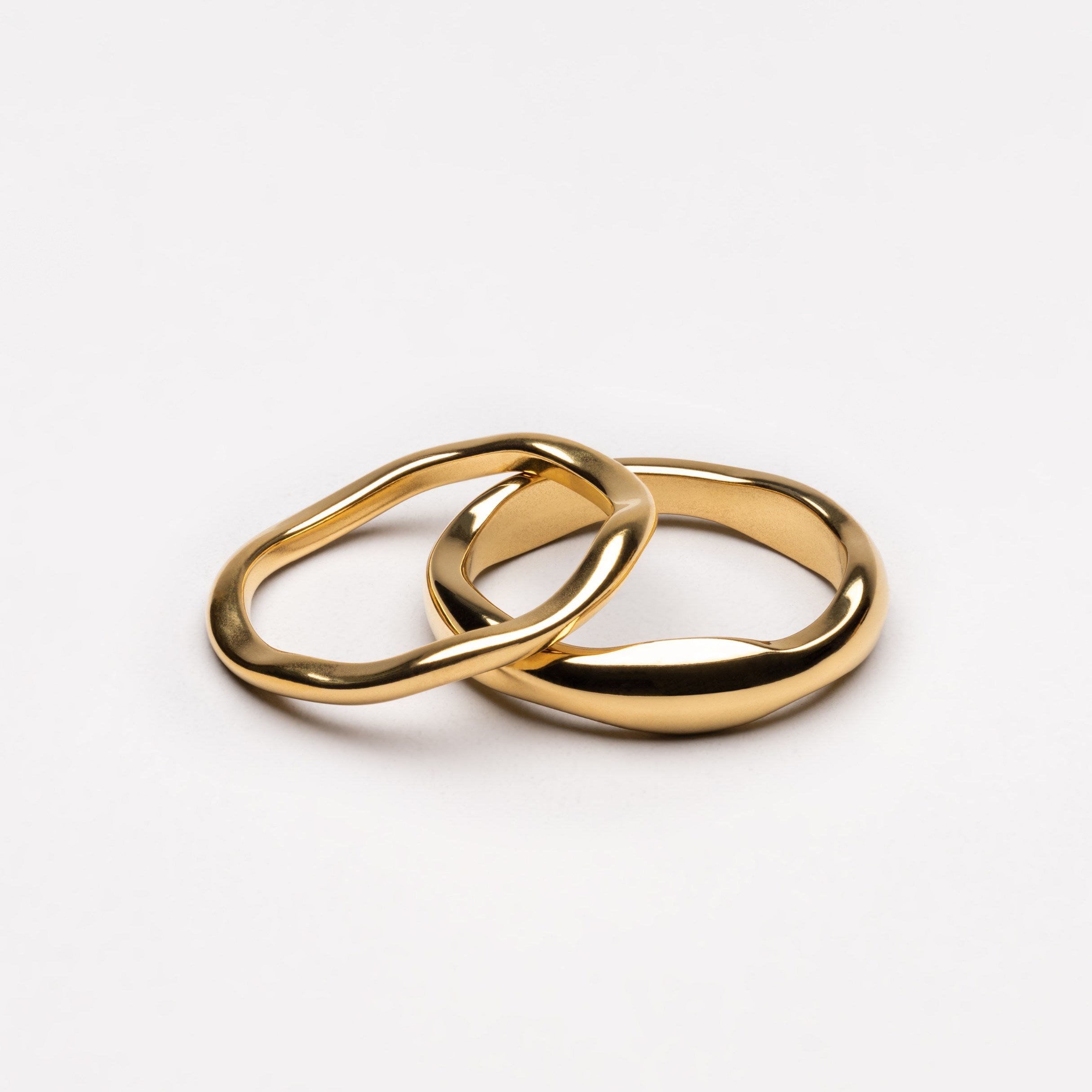
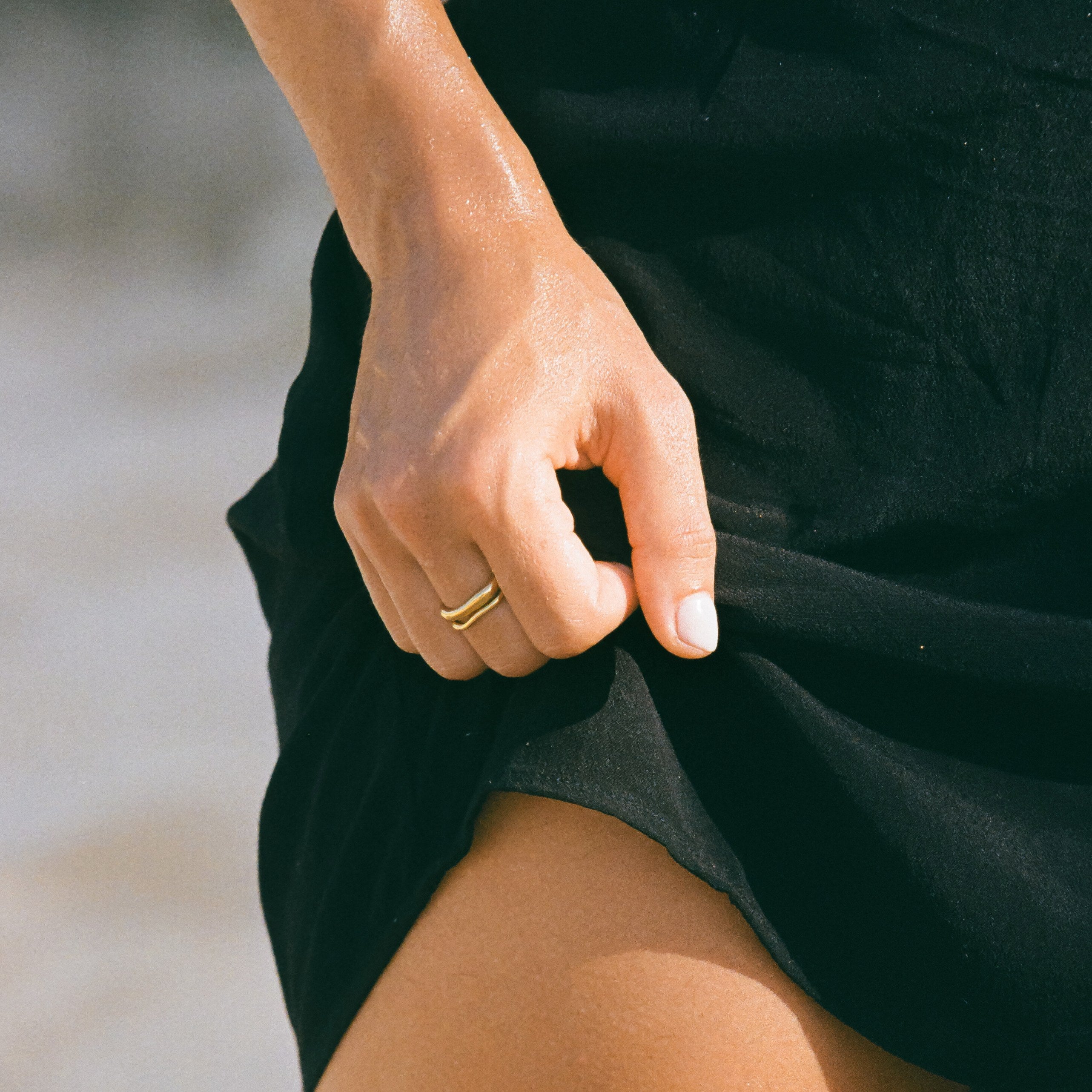

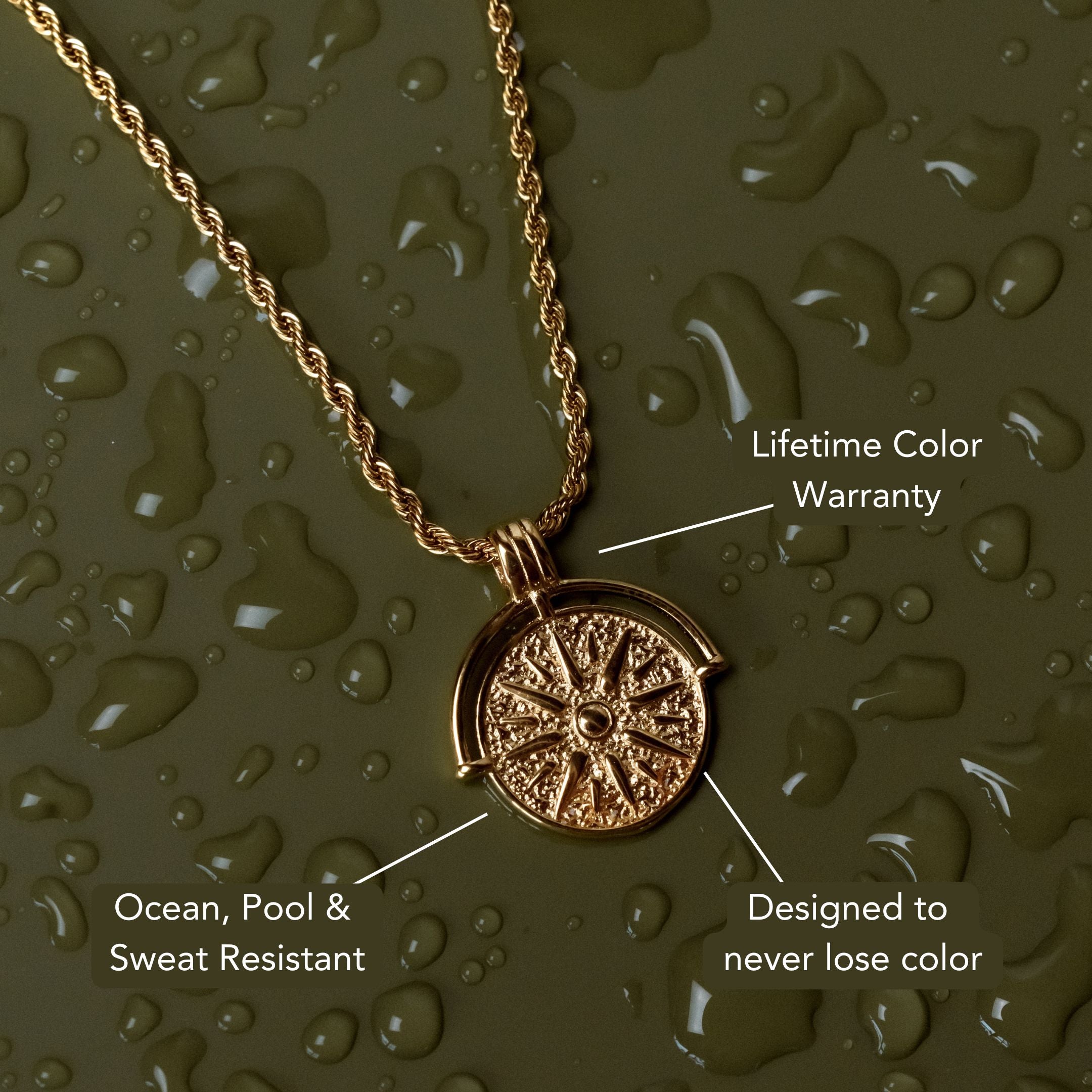

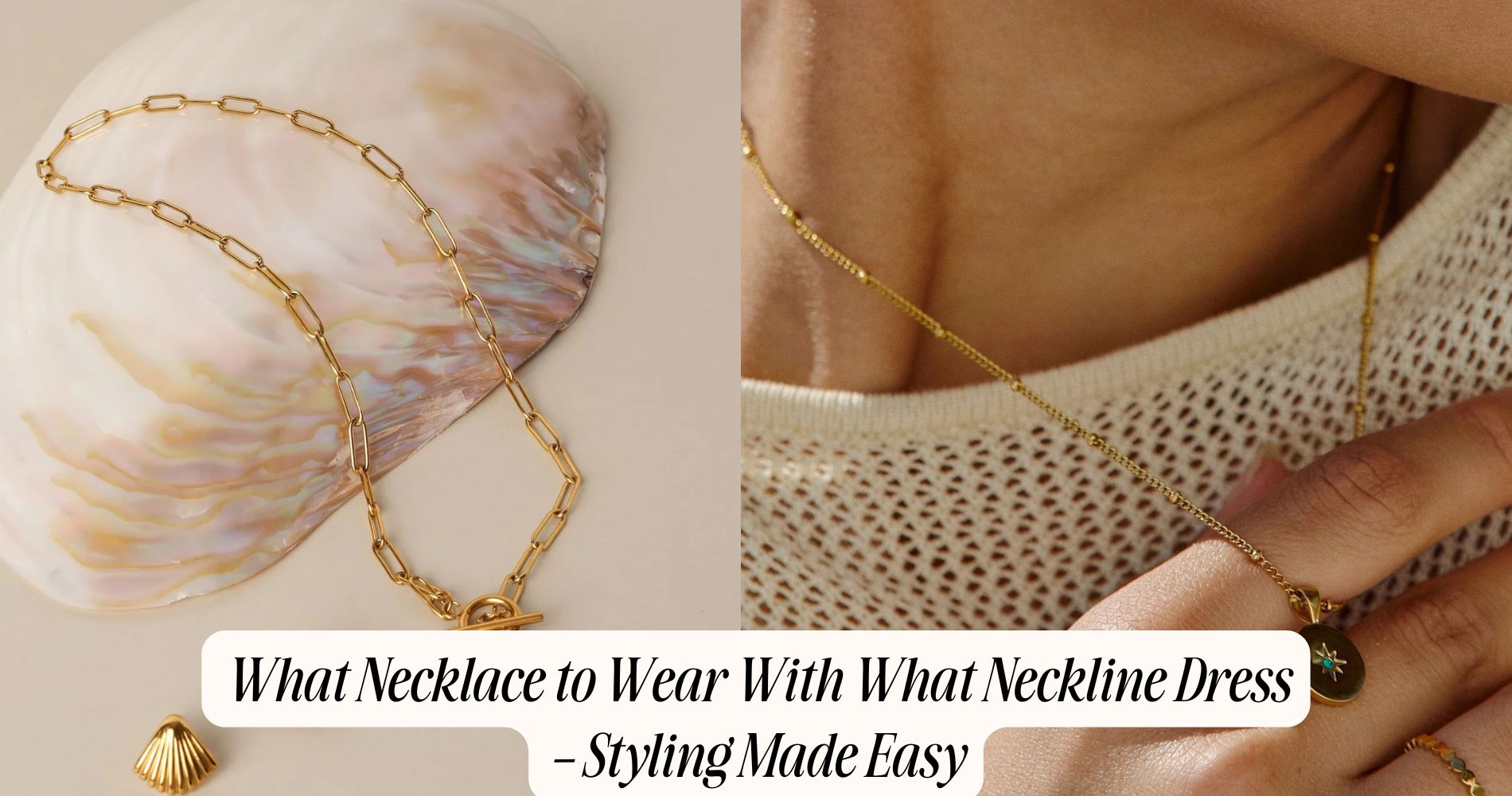




Leave a comment
This site is protected by hCaptcha and the hCaptcha Privacy Policy and Terms of Service apply.